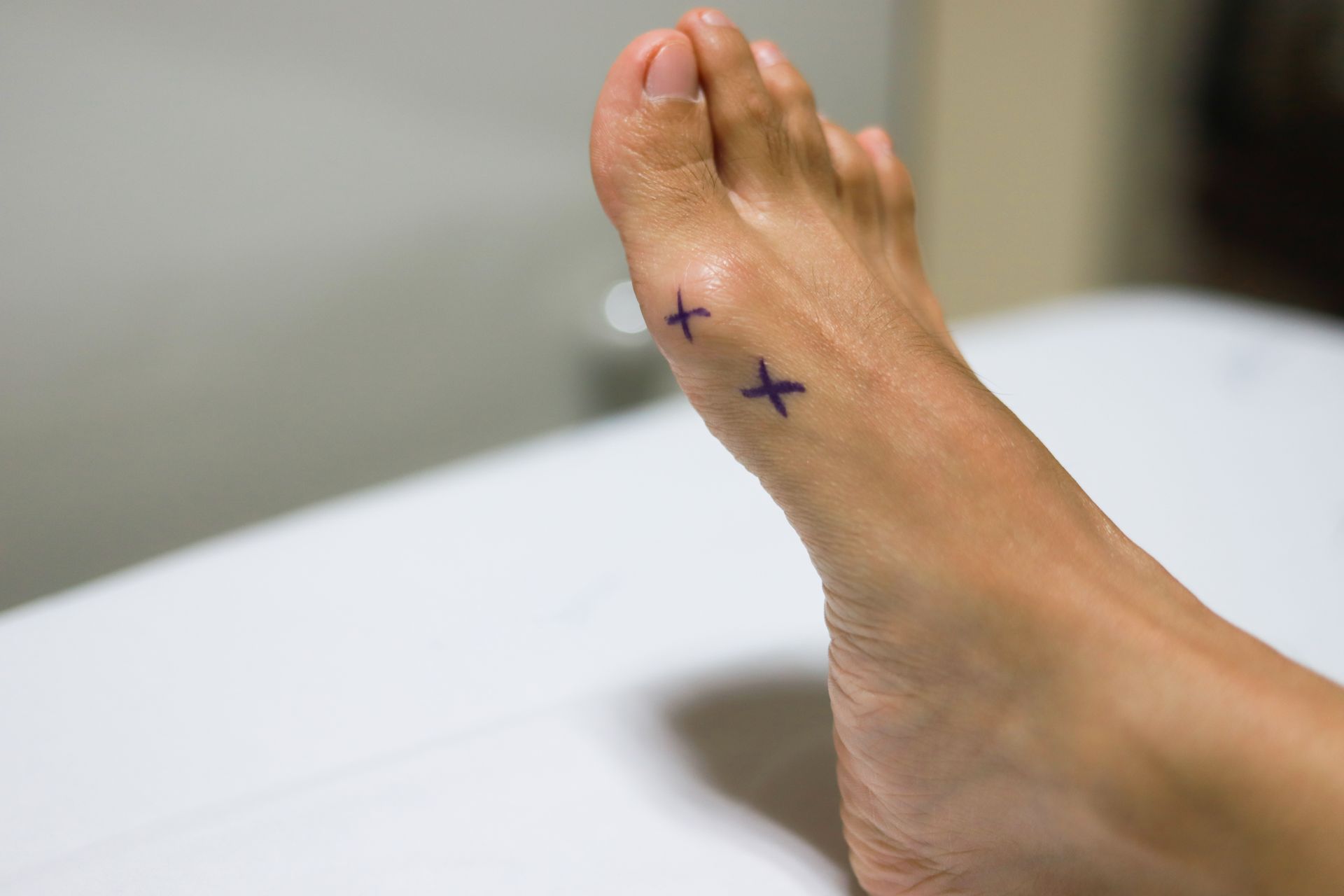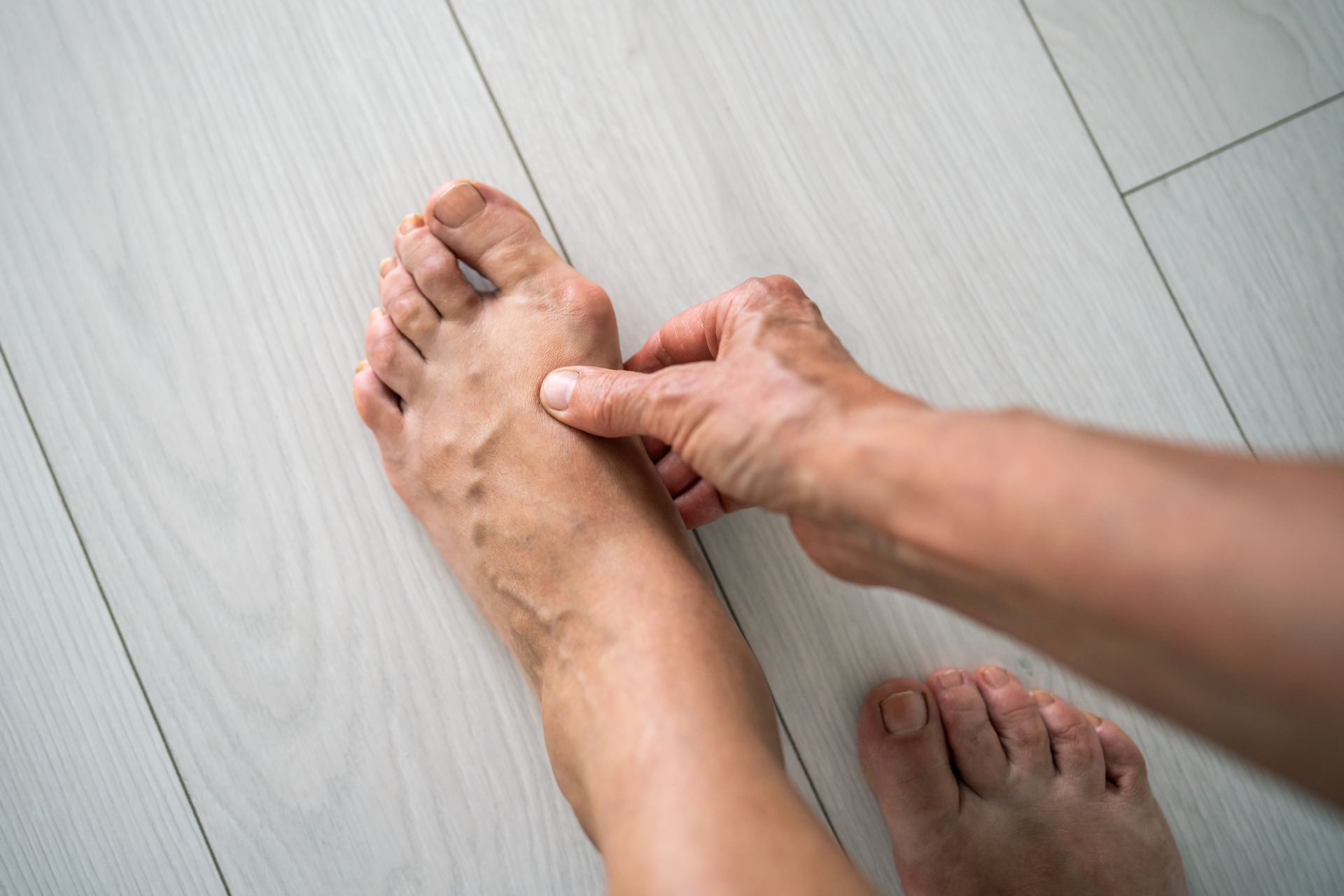Non-surgical Bunion Treatment Recommendations
A bunion often appears as a painful lump of bone near the base of the big toe joint. Bunions (technically called hallux valgus) can cause pain with daily and recreational activities. They can also cause difficulty with certain shoes and can even be symptomatic in open-toed shoes as they worsen. It is worth noting that size of bunion does not always correlate with level of pain. I have treated elderly patients with large bunions that have never caused any problems. I have also seen younger patients with mild or moderate-sized bunions that are quite painful.
While surgical removal is often brought up by patients, not all bunions require surgery. In fact, only patients who have pain and who have tried a course of non-surgical treatments should consider bunion surgery. For most, one or more of the following treatment options are sufficient in relieving their bunion-related symptoms:
- If you have a bunion that is pain-free, comfortable shoes and monitoring your bunion for changes in size and symptoms may be sufficient.
- Roomy shoes that have a rounder toe box allows space in the shoes to accommodate for bunions. Many times, bunions are aggravated by the crowding that occurs with narrow-toed, enclosed shoes. Also heels exceeding 1.5 to 2 inches puts increased pressure on the ball of the foot and can irritate bunions.
- In patients with flexible or flatfeet, over the counter and custom-made inserts (or orthotics) can help to realign the bones of the foot. In some instances, this can help to take pressure off painful bunions.
- Soft cushions and moleskin or felt pads are useful particularly for patients with very thin feet. Rubbing of a bunion on the sides of the shoe can create redness and pain. These pads can relieve some of the rubbing and pressure on bunions.
- Medications such as Tylenol and non-steroidal
anti-inflammatories (NSAIDs) can relieve some of the pain from bunions,
especially if there is a temporary flare in pain from a certain activity. Ice
and Epsom salt soaks can also help with inflammation from overuse or sudden
irritation.
Other options patients often consider such as physical therapy and various splints can be helpful for many painful foot conditions, but they do not appear to be consistently beneficial for painful bunions. More than likely, the changes above will be the best course of action, bringing relief and helping patients to avoid more invasive treatments.
However, if you complete a course of non-surgical treatments for painful bunions and continue to suffer, then your particular case may require surgery. Schedule an appointment with a local foot surgeon to further discuss and better understand your available options.


